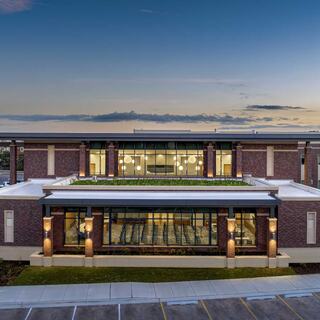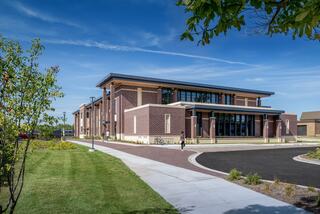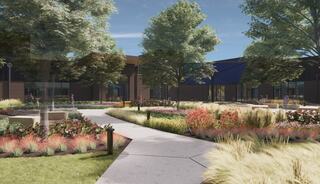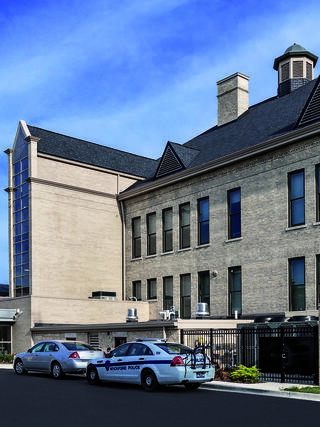.jpg)


High-Performance Design
Rooted in responsible design, community impact and data-driven insights, we deliver integrative solutions and strategies that extend the life of places, people and planet — contributing to quality of life for generations to come.
Integral Strategies

Resilience
Stakeholders are engaged to identify vulnerabilities, risks and hazards, ensuring solutions address both acute shocks and chronic stresses. This approach delivers tailored responses that align with the project’s vision, goals and budget.
Sustainability
Environmental impact is minimized by considering local, regional and global contexts. The approach balances ecological, economic, and social needs, achieving energy savings, cost reductions, enhanced comfort and resource conservation, all within the project’s budget and vision.
Wellness
Creating spaces that prioritize air and water quality, physical activity, nature connection, social interaction and comfort leads to solutions that enhance health, happiness, and quality of life. These spaces foster a sense of belonging, improve performance and promote relaxation as well as physical and mental well-being.
Biophilia
Connecting nature, human biology and the built environment reduces stress while enhancing cognitive function, mood and performance. Natural materials such as wood, stone, greenery, daylight and nature-inspired colors are used to create restorative, dynamic sensory environments.
Featured Projects
See All High-Performance Design Projects
Focusing on Wellness for 911 Call Center Teams
Designing a Sustainable Future
FGMA uses energy modeling as an integral, dynamic part of our design process to provide real-time data for making informed recommendations and decisions. We evaluate options that balance initial construction costs with long-term operational costs. Through this software, we assess site placement, building orientation, building enclosure, window locations and sizes, daylight, views, heat gain, lighting, types of heating and cooling systems, reflectance values of interior and exterior colors and overall efficiency and comfort. Through workshops and energy modeling, we engage you and key stakeholders to create efficient, diverse, accessible and human-scaled solutions. Our goal is to realize the best version of your project through a process of discovery and partnership.

Leadership
FGMA is dedicated to creating regenerative, restorative spaces through resilience planning, energy analysis, embodied carbon assessments, healthy materials and designing for well-being. Led by our Sustainability Leader Lucy Williams, AIA, and a team of credentialed experts, we deliver net-zero designs, manage building certifications and inspire a future where buildings actively restore and sustain the environment. Every day, Lucy engages with our designers to deepen their embrace of sustainable and resilient design and guides our team to prioritize health and wellness strategies.
.jpg)






